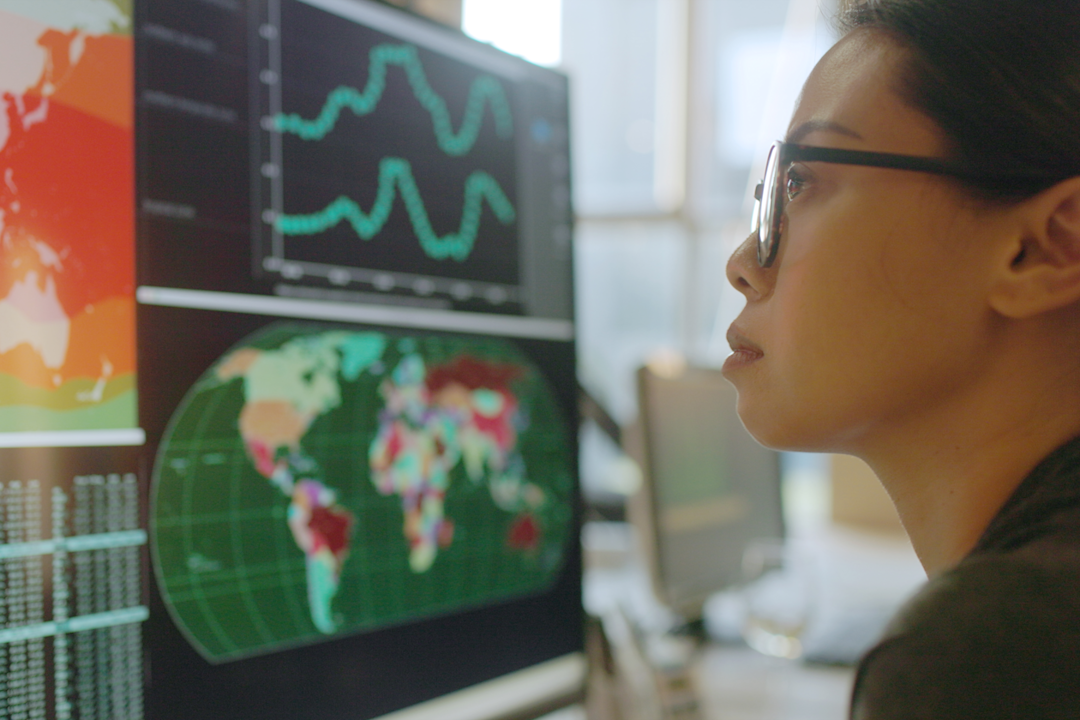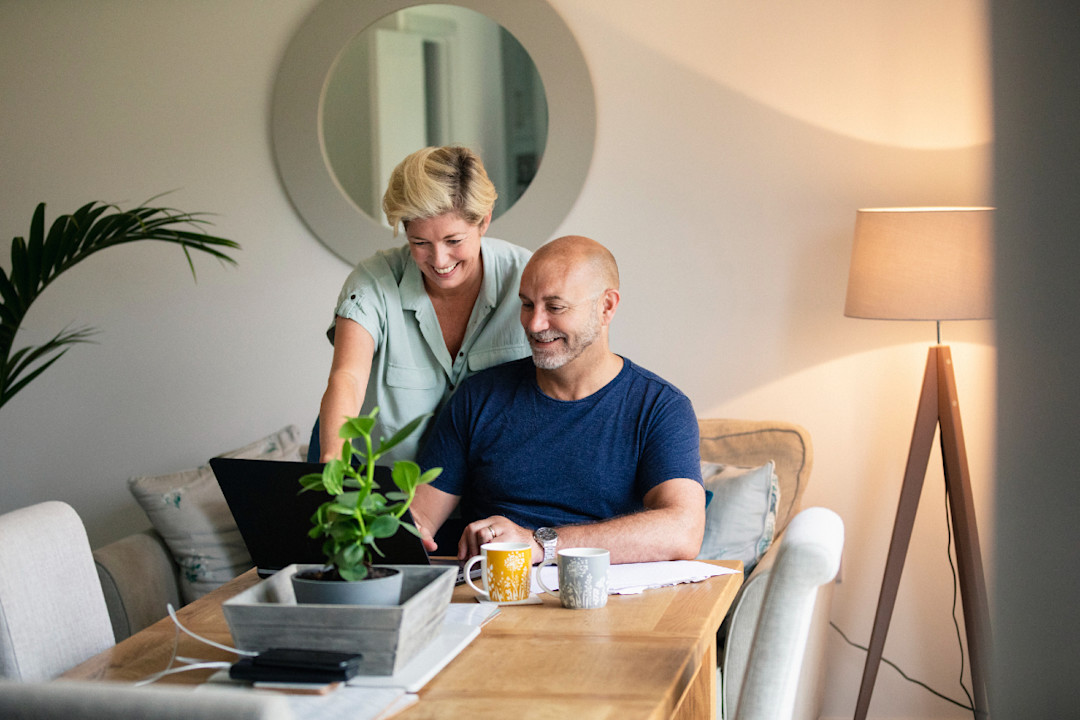News & Insights
HL LIVE
Updated Friday 11th July 2025
Live blog covering today's important financial market events and news
Investing during market uncertainty


3 fund ideas for volatile times
From Trump’s tariffs to talk of higher inflation and a possible recession, how can investors shelter their portfolio in volatile markets? Plus we share 3 fund ideas.
Read now
Stock markets today
Prices delayed by at least 15 minutes
Next week on the stock market
14th - 18th July 2025
- Can Netflix build on recent momentum?
- Is easyJet on the right flight path to hit profit guidance?
- Barratt Redrow looks to build on recent momentum
Our savings and resilience report


How financially secure is the nation?
We’ve partnered with experts at Oxford Economics to explore ways to strengthen household finances, compared which regions are more financially resilient than others, and the potential risks to the nation for 2025.
Explore our research
Newsroom
News from leading news agencies. Hargreaves Lansdown is not responsible for article content and accuracy. We may not share the views of the author.




















